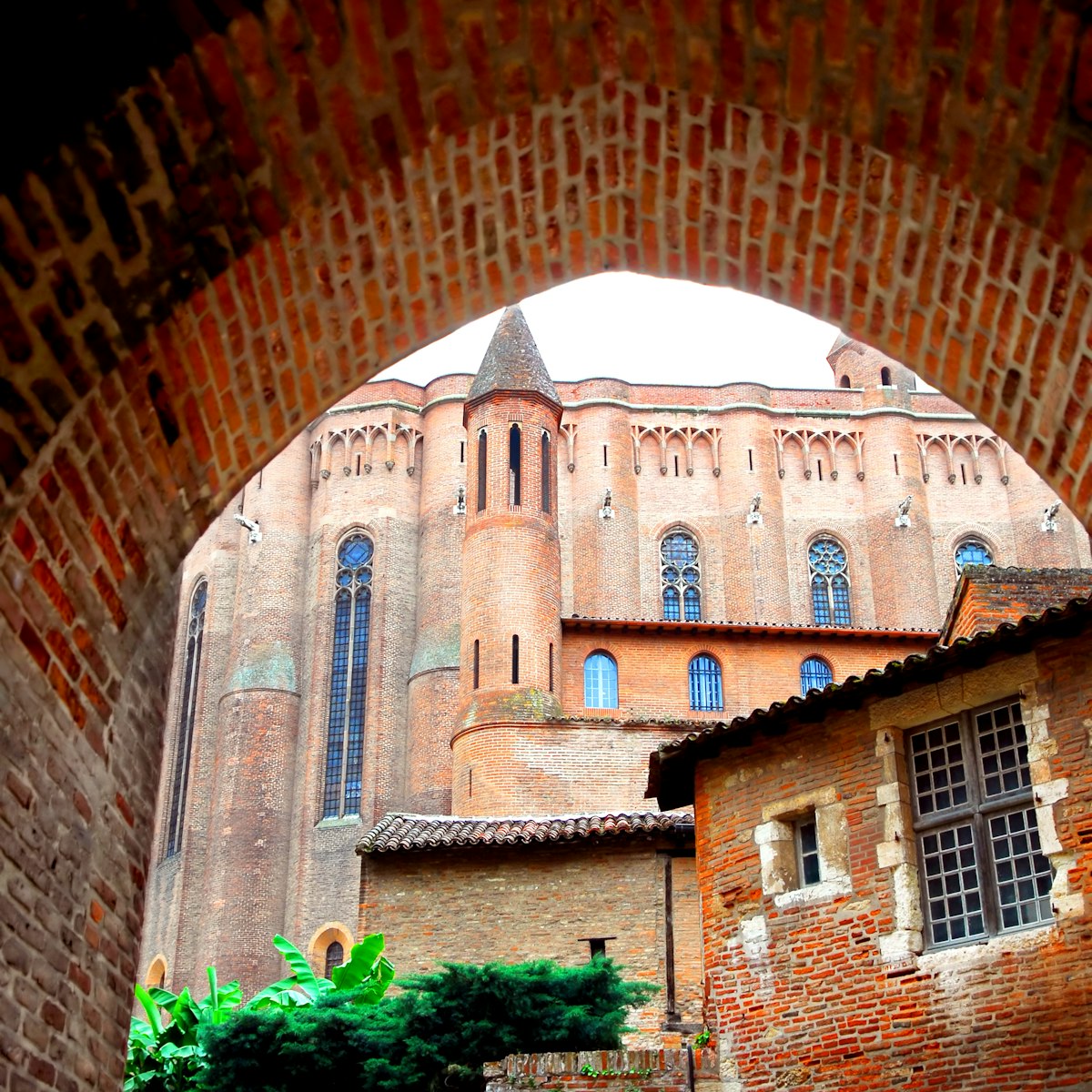Lodged inside the Palais de la Berbie (built in the early Middle Ages for the town's archbishop), this wonderful museum offers an overview of Albi's most celebrated son. The museum owns more than 1000 original works by Toulouse-Lautrec – the largest collection in France outside the Musée d'Orsay – spanning the artist's development, from his early neo-impressionist paintings to his famous Parisian brothel scenes and poster art.
Of particular interest are the early portraits of some of Toulouse-Lautrec's friends and family – including his mother, the Comtesse Adèle de Toulouse-Lautrec, his cousin Gabriel Tapié de Celeyran, and his close friend, Maurice Joyant. They clearly demonstrate the artist's wry eye and playful sense of humour. There are also some delicate animal studies (especially of horses).
Inevitably, however, it's the later works that draw the eye. Toulouse-Lautrec's lifelong fascination with the Parisian underworld, particularly the lives of dancers and prostitutes, is brilliantly represented. Look out for key works including L'Anglaise du Star au Havre (Englishwoman of the Star Harbour) and Les Deux Amies (The Two Friends), which depicts two prostitutes embracing while they wait for their clients. Pride of place goes to two versions of one of his most famous canvases, Au Salon de la rue des Moulins, hung side by side to illustrate changes in the artist's technique.
Toulouse-Lautrec's skills as a cartoonist and caricaturist also made him a pioneer of poster art, and the museum has a fantastic collection of his most famous designs in its permanent collection.
On the top floor is a small collection of works by some of his contemporaries, including Pierre Bonnard, Maurice de Vlaminck and Henri Matisse.


